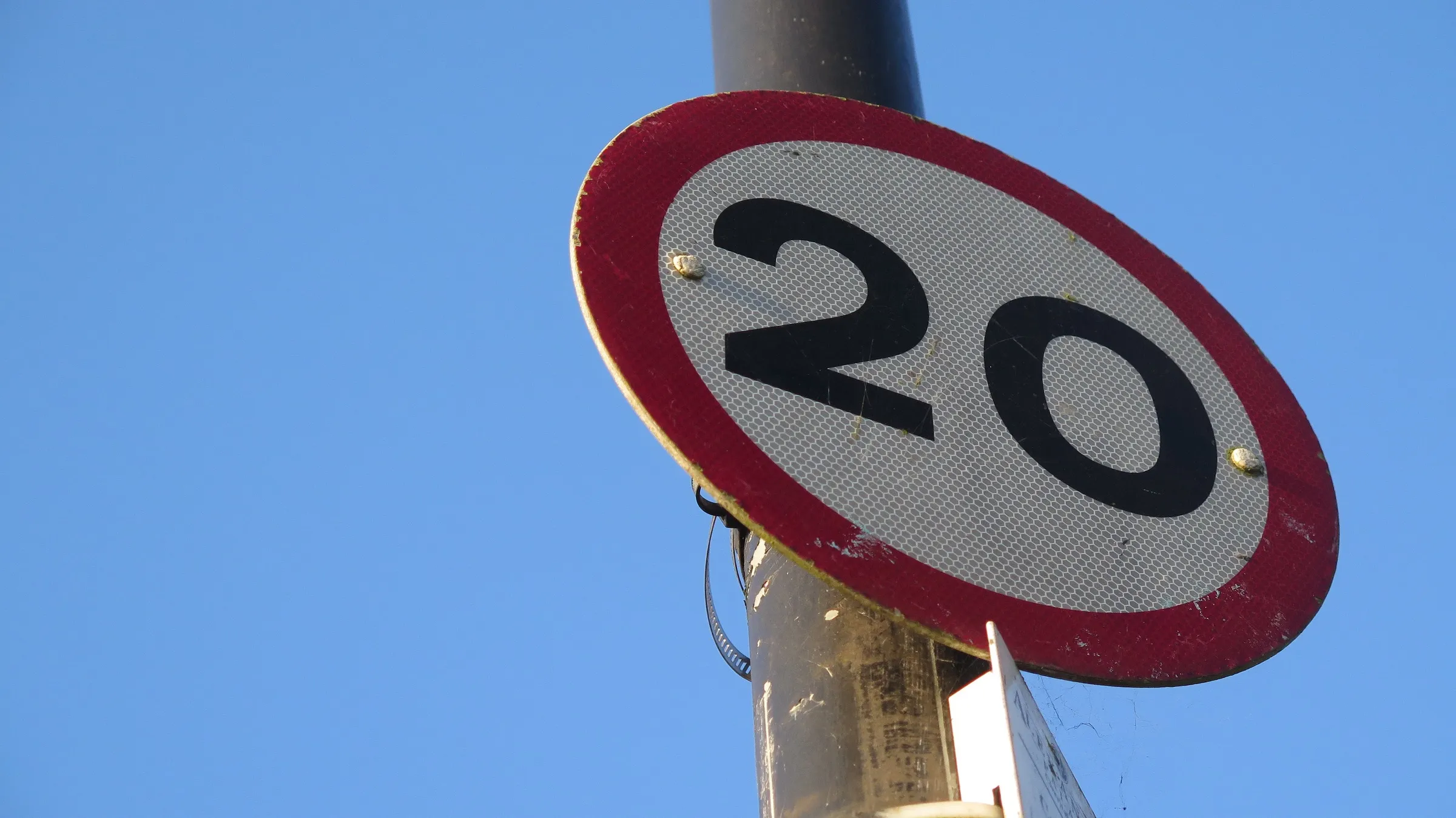
In a unique and hard-hitting speed reduction initiative, primary schoolchildren across Carmarthenshire, in Wales, have been targeting drivers who drive too fast near their schools.
Officers from
Drivers who are found to be travelling in excess of the speed limit are stopped by police officers, who also use a speed gun to confirm their speed, and are given the option of speaking to the pupils to explain why they are speeding outside their school, or to receive a fixed penalty notice and points on their licence.
Drivers who opt to face the pupils are then asked four questions:
- Were you aware that you were driving faster than the 20/30/40mph speed limit for this area?
- Why were you driving faster than the speed limit?
- Why do you think the speed limit has been set at 20/30/40mph in this area?
- How would you feel if a member of your family was knocked down by a speeding driver?
On completion of the questions the pupils then inform the driver of some very uncompromising facts relevant to their speed:
- "At 20mph there is about a 1 in 40 chance of killing me."
- "At 30mph there is about a 1 in 5 chance of killing me."
- "At 35mph there is about 50/50 chance of killing me."
- "At 40mph there is about a 9 in 10 chance of killing me".
Each driver is then given a pack including the 'Know your Speed'
booklet, a letter explaining why they were stopped, a leaflet with a
message from the school pupils, and a few educational speed related
posters.
Says Nicola Olsson, assistant road safety officer of Carmarthenshire County Council, “The safety of the children outside our schools is paramount. This initiative highlights the dangers and raises the awareness of speeding outside schools not only to the drivers, but to the children as well.”
Richard Toomey, Managing Director of Traffic Technology Limited, comments, “This is a very powerful and persuasive way of getting drivers to reduce their speed. SID is ideal for the purpose, as not only is the device lightweight and portable, it also provides a non-confrontational way of educating drivers.









